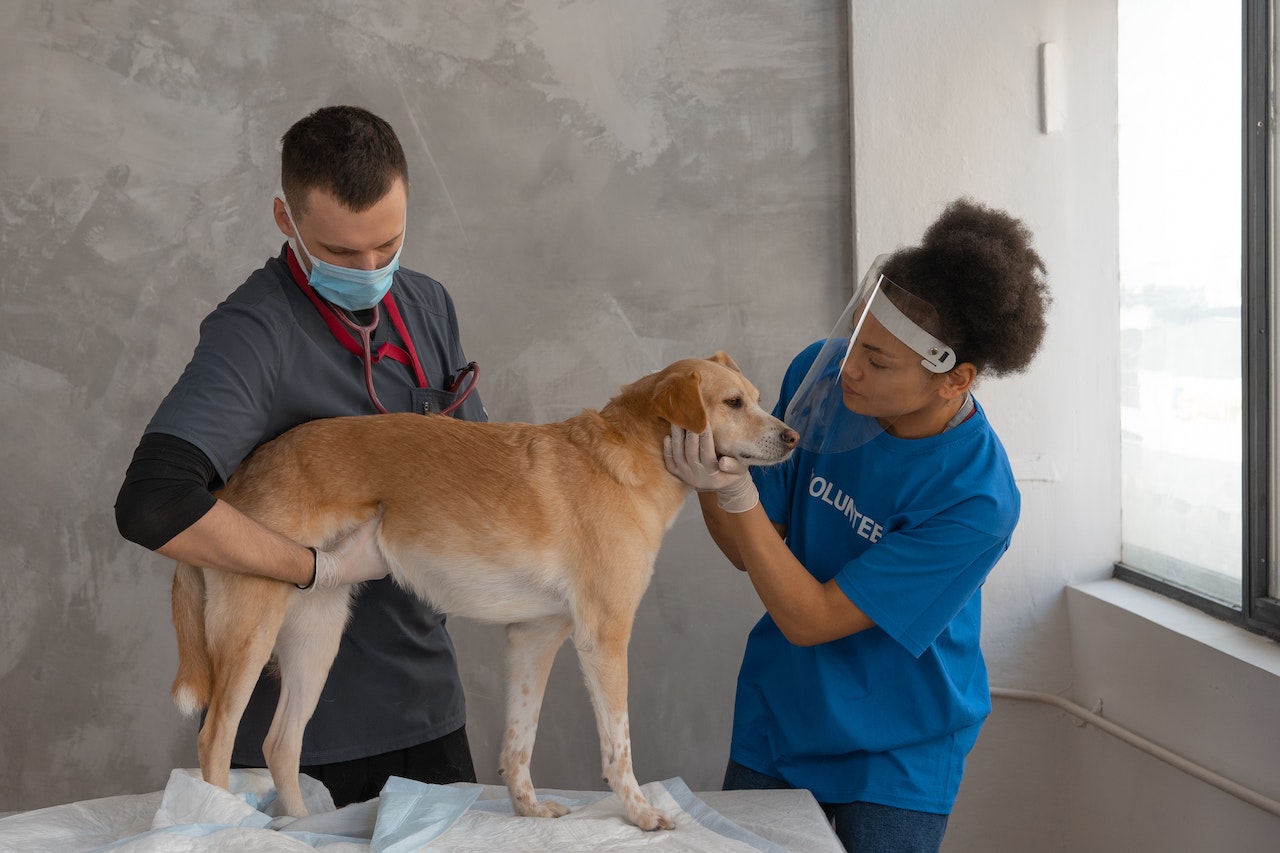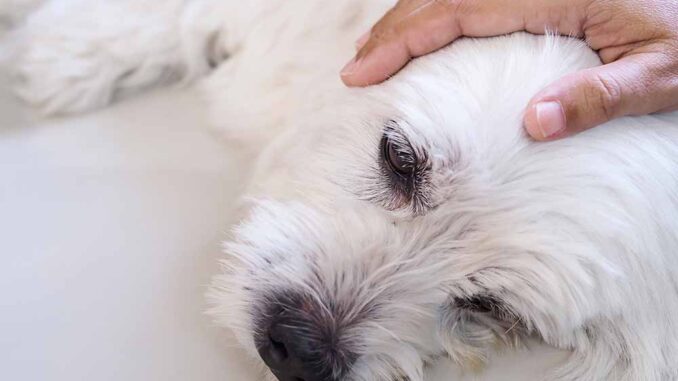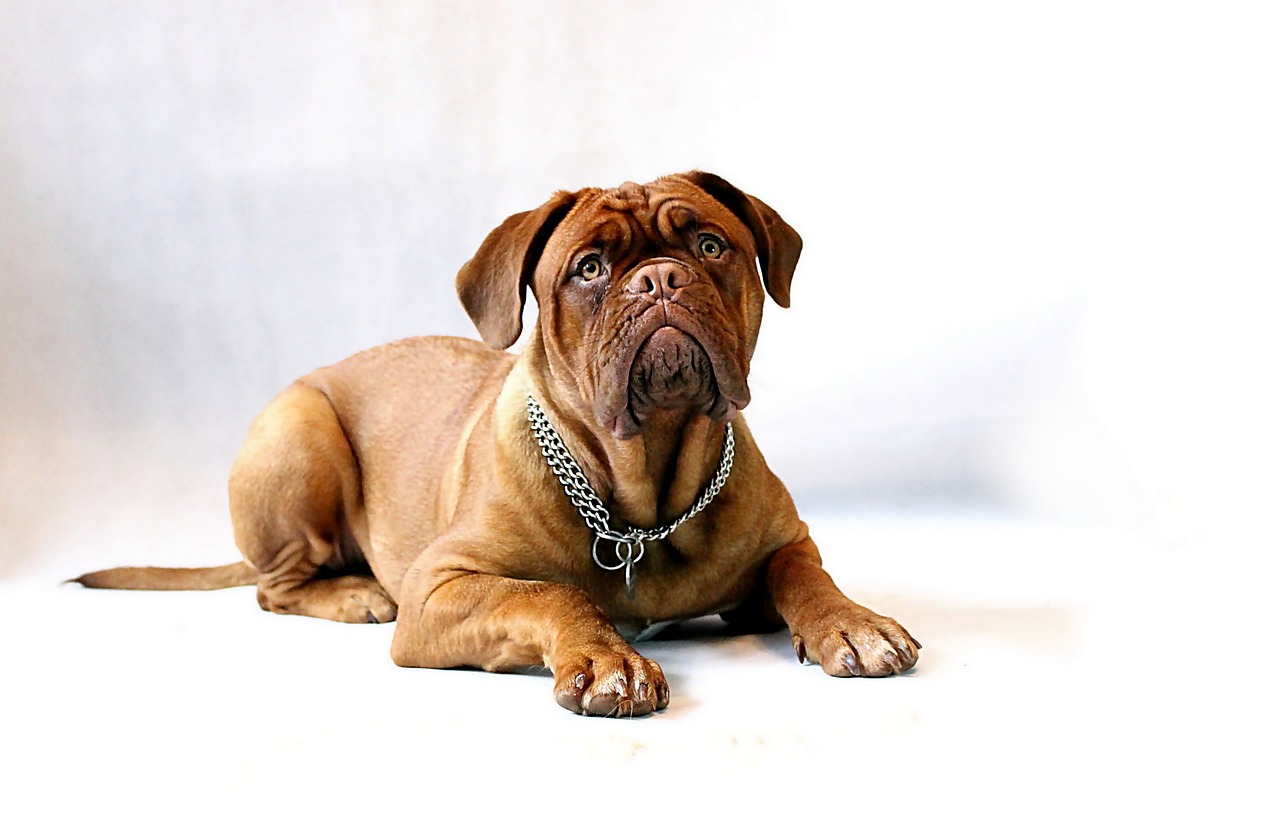The gallbladder in dogs is an essential part of the overall process of digestion and metabolism.
The gallbladder has a connection to the liver. It aids the dog’s metabolism and assists in helping to eliminate toxins from their bodies. The gallbladder aids the liver in storing its digestive juices, also known as bile. Bile travels through the dog’s liver and then their gallbladder by way of an intricate drain system.
The gallbladder is located between the liver lobes and is slowly expanding as it accumulates Bile. When it is necessary, the bile can flow through a conduit that connects to the intestines. There, it will assist digestion and improve metabolism.
Are there any surgical procedures needed to treat Gallbladder Disease in Dogs?
A variety of conditions can impact the gallbladder of a dog, but not all of them require surgery. If your pet is suffering from gallstones for instance they may be treated using diet and medication. The gallstones may be discovered by accident when you run diagnostic tests like scans to diagnose another issue.
If the gallstones prevent the flow of bile through the gallbladder of your dog it could rupture, which could be life-threatening. Bile is extremely inflammatory and can trigger an extreme internal reaction in the event that the gallbladder ruptures. In this situation, urgent treatment to eliminate the gallbladder, as well as the elimination of the bile from the abdomen is necessary.
Another condition is cholecystitis which is a swelling of the gallbladder and can be treated with medical or surgically.
Gallbladder Removal in Mucocele in Dogs
A gallbladder-related mucocele can be a disease that could be life-threatening and usually requires surgery to remove from the gallbladder. It occurs when the bile in the gallbladder becomes mucus-like and can’t flow to the intestinal tract. The mucus causes an obstruction in the gallbladder. This could cause rupture and even death.
The symptoms of gallbladder mucocele are not always clear. Dogs suffering from this condition often have the following signs:
- Vomiting
- A lack of appetite or a decrease in consumption of food
- Abdominal pain
- Lethargy (moving slowly, slowly)
If this problem has been lingering for a long time the dog might have an appearance of yellow to their eyes, skin, or gums.
A gallbladder mucocele that occurs in dogs is detected by a combination of a physical exam, lab tests as well as ultrasound. Surgery is required to remove the gallbladder in order to avoid rupture.
If the gallbladder of your dog has ruptured, your vet will have surgery to repair it. The procedure also includes the cleaning of the affected or damaged tissues in the belly because bile fluid is extremely irritating on the outside of the gallbladder.
In rare instances, the gallbladder mucocele may be detected in dogs with no signs of disease. In this instance, the decision to eliminate the gallbladder depends on several aspects.
If your pet is healthy and has no existing problems or medical conditions, an “watch and watch” option can be considered. This method involves constant monitoring at home for any indications of digestive discomfort or discomfort, as well as an ultrasound examination of the abdomen and gallbladder once every 3-6 months.
In this case, the vet may suggest taking out your dog’s gallbladder when they’re healthy and are more suitable for an operation and anesthesia in this stage.
If your dog is getting older or has other health issues or is at greater risk of developing a disease that makes anesthesia more dangerous the vet may choose to remove their gallbladder before a fully-grown mucocele has been formed.
Methodology of Gallbladder Removing in Dogs

Removal of the gallbladder (cholecystectomy) It is a very serious surgical procedure that is prone to complications. The procedure involves going into the abdomen to remove the pet’s gallbladder.
There are some veterinarians who do not do this procedure. If your veterinarian isn’t at ease performing this procedure, they can recommend you to a veterinary surgeon who is board certified.
Aftercare after removal of the Gallbladder in dogs
The dog can live without a gallbladder, but it may require special attention to help support the digestive system. You’ll need to look for signs of complications, feed your pet the required medications and examine the wound as well as feed your pet food that is easily digestible.
Complications
If you observe any of these symptoms following your dog has return from surgery on the gallbladder, consult your veterinarian because these may be symptoms of a serious condition:
- Vomiting
- A refusal to consume food
- Lethargy
- Uncontrolled pain
Medicines
Based on the reason for the removal of the gallbladder various medications can be prescribed for your dog following the procedure. Short-term medications like antacids, which help digestion, anti-nausea medication, and pain medications to ease discomfort, as well as medications to prevent infections.
In the event that your pet’s liver is damaged by this same process that led to the gallbladder’s removal, the vet might prescribe medications to aid the liver’s function. These could include antioxidants, such as SAM-E or milk thistle.
Incision Care

When your dog’s gallbladder procedure is finished, they’ll be able to see a huge incision along the middle of the stomach which will need to heal. Your dog will most likely be taken home with an electronic collar to stop them from scratching or licking the wound. They will also be given instructions to stay in a comfortable position to minimize making the incision.
Instructions for Feeding
Additional feeding guidelines may be offered, especially for those who have a bland diet. Food that is easy to digest will mean it’s likely that your liver and the gastrointestinal tract won’t be working so hard after this type of operation.
Certain dogs may eat the diet for a short time, before reverting to a more regular diet. Certain dogs, depending on the severity of other illnesses impacting the liver or the digestive tract, might need to eat a diet that is therapeutic throughout their lives to help support their digestion and liver. The vet will determine whether a special diet for the long term could be necessary.
